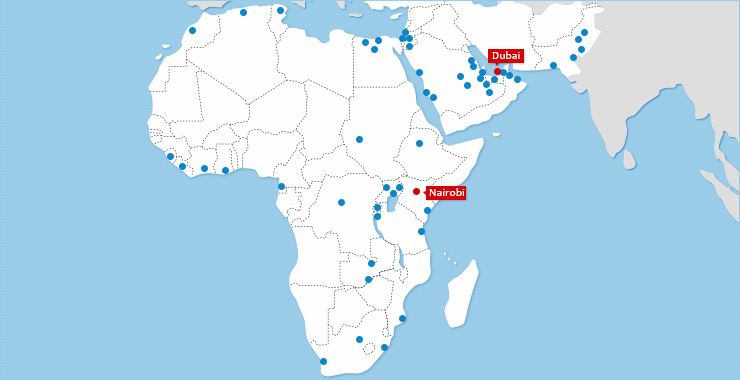Recently, cases of malarial infection have become more frequent in the highlands of sub-Saharan Africa. This disease had rarely been reported in the highlands before. Mosquitos are extremely sensitive to changes in temperature and precipitation. For this reason, these elevated areas were previously thought to be unaffected by malaria because they did not have a suitable climate to support the necessary mosquito populations.
Anopheles mosquitos require temperatures of greater than 16°C to complete their life cycles and the parasites develop more rapidly at temperatures above 20°C. The activity level of both mosquito and parasite increase when temperatures are above these minimums. This leads to more infected bites. Given the right conditions, certain species of the malarial parasite can be transmitted to 200 people by the same mosquito.
Challenge Question: Nairobi was once considered a malaria-free zone due to its high elevation and resulting cooler temperatures. Cases of malaria are now being reported in Nairobi. Is climate change the cause of the appearance of malaria in this previously unaffected area?
To help you answer this question, open the Visualizing Global Climate Change learning tool. This time, select scenario RCP2.6 from the first drop-down box. Remember that RCP2.6 is a more environmentally friendly scenario. Locate Nairobi in sub-Saharan Africa on the left side of the map. Run the simulation.

How does the projected changes in temperature compare from 2006 to 2099? Use this to draw your own conclusion about the relationship between climate change and malaria.